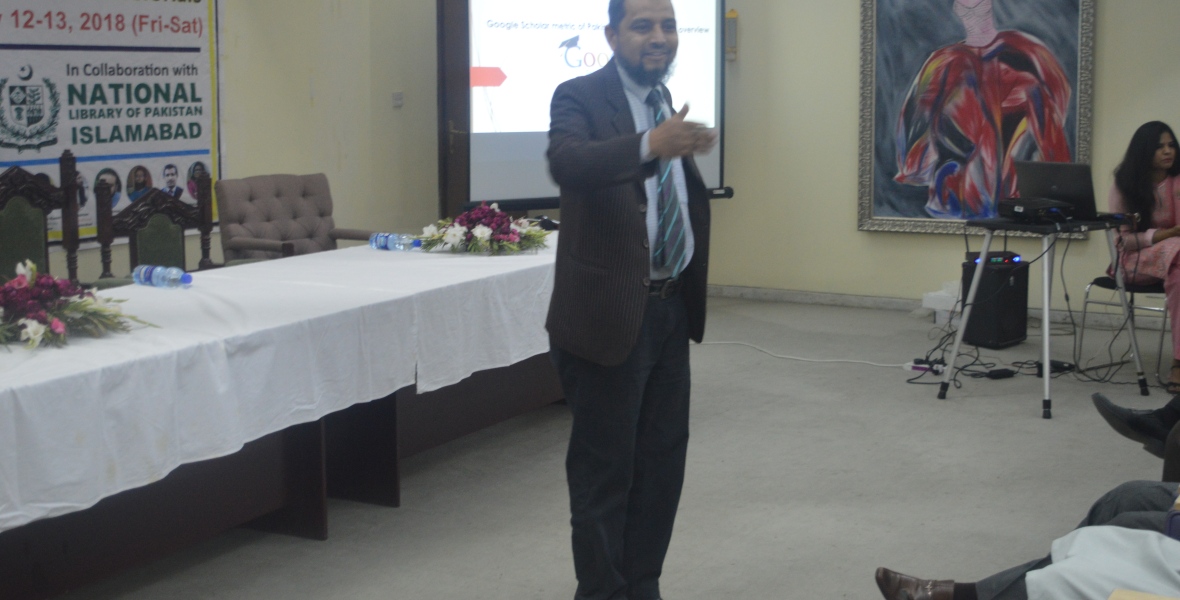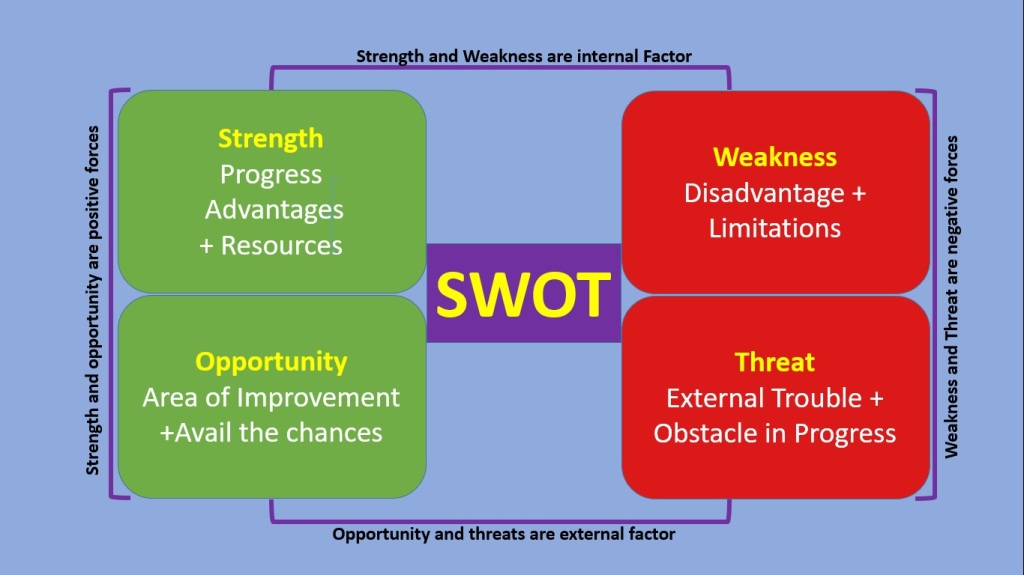In the Internet world Wi-Fi Technology become the important part of our lives without Wi-Fi life is feel incomplete. According to recent report 5.30 billion people around the world were using the internet which is equivalent to 65.7 percent of the world’s total population. This small article try to explore the Answer of following questions.
What is Wi-Fi Technology?
What is difference between Wi-Fi and Internet?
What are the 3 types of Wi-Fi?
What are Advantages and Disadvantages of Wi-Fi?
What is Wi-Fi Technology?
Wi-Fi is a wireless networking technology that uses radio waves to provide wireless high-speed Internet access. A common misconception is that the term Wi-Fi is short for “wireless fidelity,” however Wi-Fi is a trademarked phrase that refers to IEEE 802.11x standards.
What is difference between Wi-Fi and Internet?
Wi-Fi connects devices within a limited range, such as a home, office, or public place like a coffee shop or library. The internet, on the other hand, connects devices around the world through a network of servers, routers, and other infrastructure.
What are the 3 types of Wi-Fi?
There are a types of wireless networks:
Personal-Area Network (PAN),
Metropolitan-Area Network (MAN),
Wide-area network (WAN)
What are advantages of Wi-Fi?
Easy to install
A Wi-Fi network is inexpensive, easy to install, expandable, offers low latency (better than LMR), and excellent data rates.
More Connectivity
A wide variety of devices can be made WiFi capable to connect to each other or to the Internet.
Connect many Devices.
Many devices such as smartphones and as well as Laptop, desktop and tablate have WiFi already installed as standard.
What are disadvantages of Wi-Fi?
Security
Wireless networks are considered more vulnerable to hacker attacks.
Coverage
Wireless coverage areas have a limited range of connectivity (often from 50-300 ft).
Transmission Speed
The transmission of data is usually slower than most Cable/wired networks.
How to Cite This Article
M.Y. Ali (2023). Wifi Technology. https://profileusuf.wordpress.com/2023/11/18/wi-fi-technology/





